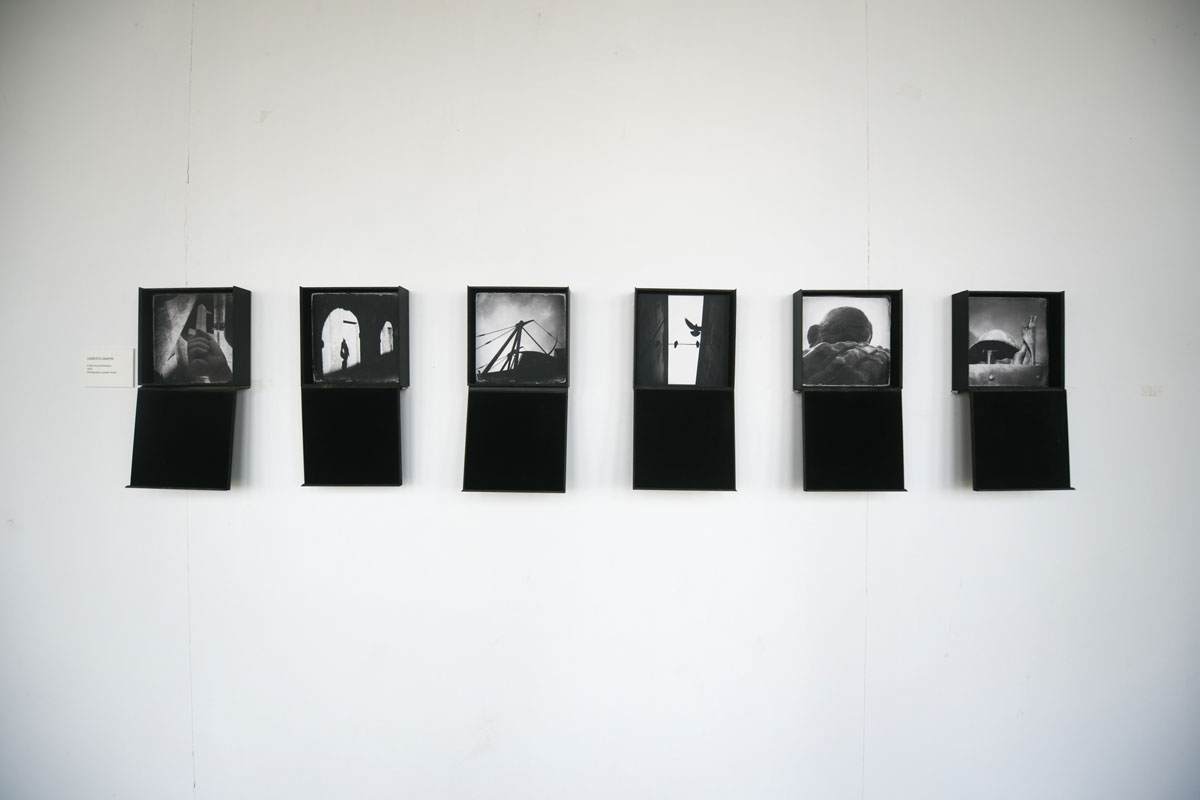Umberto Zampini
Born in 1958 in Occhiobello (Italy)
Lives and works in Venice (Italy)
Umberto Zampini is an artist, photographer, curator, publisher, clandestine traveler and Venetian. He has lived many years in various Italian, European and US locations. Before returning to Venice a few years ago, he lived among wolves and wild boars on top of a hill between Modena and Bologna. He travels incessantly, photographing, through the Po Valley, avoiding crossing the Ticino River. He first published his photographs in the magazine AD Italy in 1983.
Umberto Zampini has on view at KB17 work from two of his series of photographs: Shift on a Plain (2016) and A Mile Around (2014). The first comprises photographs taken from a train window. He writes: “Space designed by movement, signs that remain impressed in the traveler's memory. Those for whom the destination does not count, but whose final aim is the actual journey. The underlying interest is in the clear and distant time-spaces, and the sudden elusive and confused nearby apparitions within them. The calligraphies of speed hence provide new insightful perceptions into the apparent immobility of the plain where my grandparents lived…These photographs have been voluntarily printed on poster paper to maintain their window-like nature onto the world. They are two dimensional, almost immaterial openings in the walls that always surround us. Through them appear sudden trees, dusk, disappearing fields swallowed by the fast pace of our lives.” The second series comprises black-and-white photographs placed within small black boxes. The photographs were taken within a one-mile radius of the gallery in Modena, Italy where they were later exhibited. Zampini writes: “Modena is a sunny and cheerful city where life is enjoyable. I dug deep into her inner fears: and a darker city was drawn through my lens and came to life. People did not recognize the roads they had walked to come visit the exhibition. They did not know where the photos were taken; almost fearing to recognize their beloved city. I'm not a photo reporter: I use photography to paint what the eye does not see; the mind’s eye.”

A Mile Around Modena, 2014.
Photographs, wooden boxes

